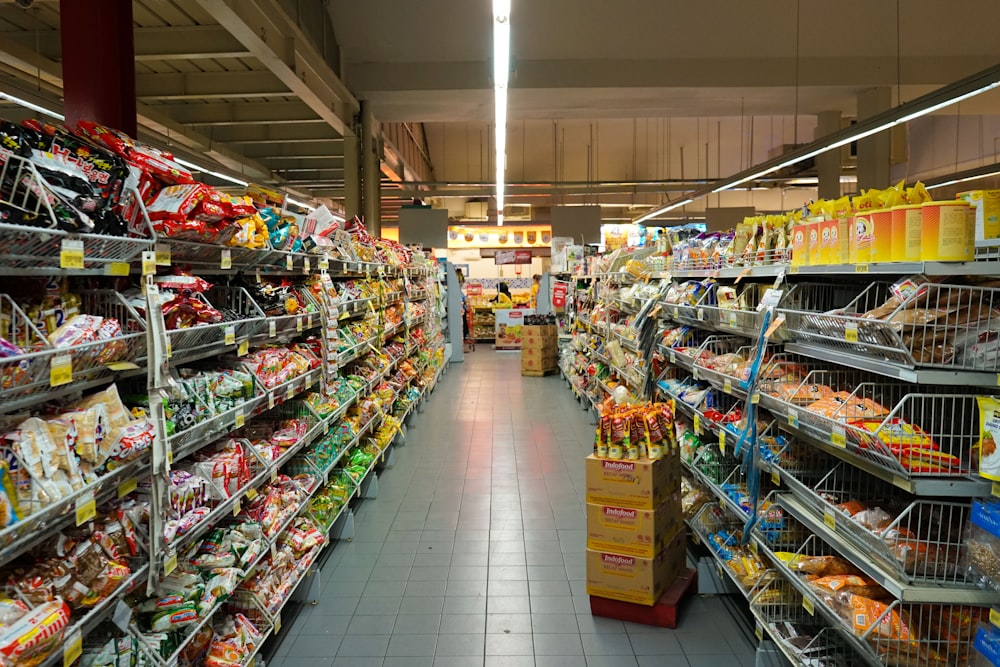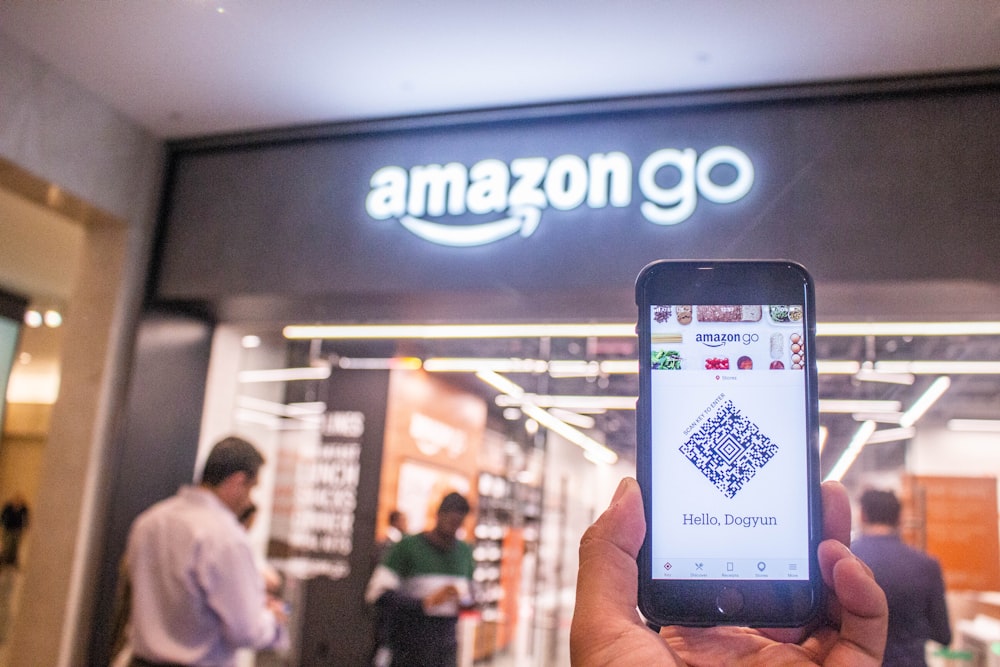
How Artificial Intelligence is Changing Supermarket Shopping

Along with artificial intelligence, IoT technology, which most companies use, removes some immobile, non-operational objects. Artificial intelligence and shopping stores think it is crucial to resort to such a path to reduce costs and some transaction conveniences.
Artificial intelligence appeared in the robotic sense and was a form of technology planned to be used in robots like humans, but making artificial intelligence suitable for all objects and its successful operation started to affect all sectors. One of these affected areas has been supermarket shopping habits. To survive, people have to meet their basic needs such as shelter, food, and clothing. At this point, it is evident that the markets meet all the necessities.
At this point, the queue for shopping, time management, customer personalization, unique products, etc. Due to issues such as these, these markets are starting to benefit from the blessings of technology, aiming to minimize the cost and save time.

At this point, Amazon Go marks the beginning of a new era with the intelligent market. It starts a new trend as a type of shopping that does not require payment. You never have to wait in line when you shop on Amazon Go. In short, Amazon Go claims to maximize customer satisfaction as a physically available innovative market application. In this respect, the products you buy on Amazon Go, which combines the artificial intelligence application with shopping, are already added to your cart with the artificial intelligence algorithm before you go to the checkout.
In this respect, an Amazon account, a supported smartphone, and the free Amazon Go app are all it takes to start using Amazon Go. You can start shopping as soon as you have the application’s barcode, especially for you to read to the turnstile at the market gate at first. After that, you can buy the products on the shelves directly without any reading, and you can change the products you buy later whenever you want. In this context, Amazon Go uses many technological infrastructures such as artificial intelligence to ensure that customers are only charged for what they receive.

From this point of view, the number of cashierless micros–markets will increase at a high rate. “Cashierless” markets, which eliminate waiting time at supermarket checkouts and make checkout queues a thing of the past, will shape the future of next-generation grace–free technology by enabling retailers to make quick and hassle-free shopping in their stores through cameras and sensors in the aisles.
In line with this information, thanks to artificial intelligence, data such as customers’ shopping habits, interests, or in-site movements are brought together, making it possible for the system to create personalized product recommendations for consumers. Furthermore, the developed algorithms work entirely under the control of artificial intelligence and can make different and better recommendations each time by handling the customers’ historical data. In this way, while attracting the customers’ attention to the site, they are also guided. Furthermore, the collected data is processed and used to benefit various areas, such as offering different discounts to different customers or showing other products to different customers in the exact search. In this respect, the possibility of providing a high level of service in terms of contact, worrying about receiving missing products, cost, time, and hygiene is increased.
Artificial intelligence is changing not only online shopping but also physical stores. It provides information such as how many people are visiting, where they are walking, which areas are visited the most, and how many people have left the store with a purchase. In this way, it is also possible to analyze which product is purchased and how often. Thanks to all this obtained data, customers can be directed to the areas where the products they want are available.
In addition, using artificial intelligence software, businesses can collect detailed information about customers’ purchase history, how often they return to the store, when they return and why they return the product. It also becomes easier to predict future behavior once this data is collected and analyzed.
In this case, it shows that, in other words, marketing is in the hands of artificial intelligence along with shopping. It also eliminates the part of watching ads we don’t need.


